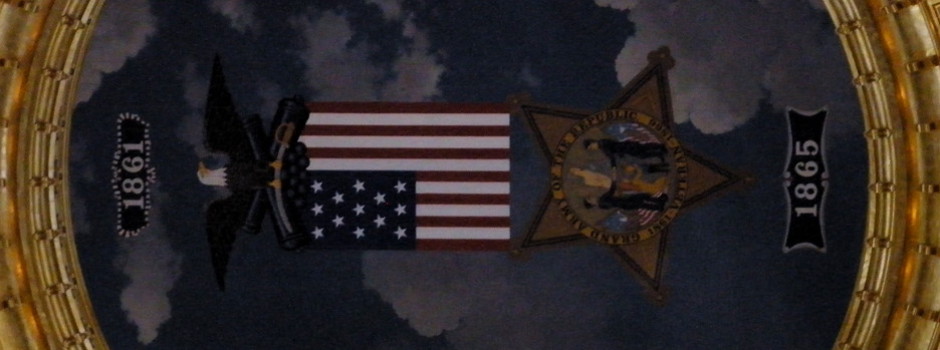Two weeks from now, the semi-annual AASHTO conference will be held in Des Moines. (I thought about trying to go but the upper-three-digit cost of admission put a stop to that.) The agenda for the numbering committee has been released, and there are some intriguing applications.
Iowa’s application to reroute US 6 is in there, with an effective date of July 1. (This may mean signs stay until then.) Fittingly, this meeting is being held in the Council Bluffs Room of the Des Moines Marriott Downtown. But this change is small potatoes compared to North Carolina.
In the past quarter-century, North Carolina has added Iowa’s entire population. With that population growth comes the need for transportation systems to accommodate it. Across the state, four-lane segments built in stages and even new interstate alignments, combined with the topography, make for a maze of fork interchanges and business routes.
North Carolina has played especially fast and loose with the rules for numbering US and interstate highways, and AASHTO has let it. It has a north-south even-numbered interstate (I-26), an odd-numbered beltway (I-540), duplication of US and interstate numbers on the same road (I-74/US 74), and a gross violation of the two-digit numbering grid (I-73, and I-74 again, which would require massive projects through the Appalachians and Ohio Valley to make sense).
North Carolina wants US 70 from Raleigh to Morehead City, on the Atlantic coast, to become I-36. Because I-40 takes a steep southward dive east of Raleigh to Wilmington (an extension that didn’t happen until 1984), I-36 is north of I-40 here, but in the larger picture the number makes sense in the location. US 70 would be almost but not quite redundant, since there would be 40 miles at the far east end remaining two lanes. I think after the designation is signed, US 70 should be moved back to the “business routes” where possible, but that won’t happen.
It’s the other course that gets wacky. The most recent highway bill make Raleigh-to-Norfolk VA via Elizabeth City a high-priority corridor. A significant portion of that is a general east-west alignment, even the part that’s US 17. After considering I-56 and other numbers, North Carolina wants to make the corridor a second I-89. The existing I-89 is way up in New Hampshire and Vermont, so this duplication wouldn’t cause confusion.
The Norfolk/Hampton Roads area doesn’t have a north-south interstate number serving it, and while it would be east of I-95, again in the larger picture the number makes a sort of sense. Virginia is not part of this application, and a significant portion of the North Carolina part is not interstate-grade yet, so the first part to get I-89 signs would be the east-west US 64 freeway. Part of it, from Raleigh to Rocky Mount, was designated I-495 two years ago, which violates numbering rules since the segment is a spur from I-95 to Raleigh and not a loop of anything.
Significant portions of these corridors haven’t been built to interstate standards, so by the time they are completed, the routes will be even more convoluted. The next question, then, is will, and HOW will, a mile-marker-based exit system be established for the interstates when the US routes they’re following have very different starting positions and distances pre- and post-bypass will be somewhat different?
(Also in the Iowa meeting application batch are closing the gap on I-555 in Arkansas and I-14 in Texas, both of which I’ve covered.)
